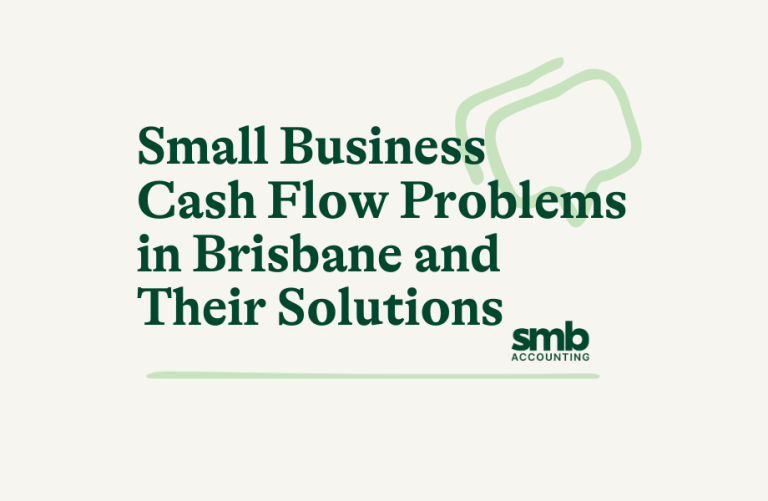Truth be told, paying taxes is not fun. It entails the stressful preparations you need to do to take into account all of your income. On top of that, it involves seeing a significant percentage of your earnings slip out of your hand. Nevertheless, paying taxes diligently and promptly is something that must be done.
The bright side is that there are actually smart strategies you can employ to legally reduce your tax liability. With these methods, you can lower your tax bracket and, consequently, shrink the portion of your income that can be taxed.
In the sections below, we will give you a run-through of three of the many ways you can minimise your tax:
- Use Discretionary Trusts for Your Investments
Discretionary trusts provide you with a flexible way to indirectly gift your assets, property and money to your beneficiaries. In this legal arrangement, you are giving your identified trustee ‘full discretion’ on when and what funds to give to your recipients.
One advantage of this is that it allows you to freely distribute your income and assets to other people. On that note, you can divide up your income among your beneficiaries in a way that lowers your tax bracket and reduces the overall tax you need to pay.
Take note, however, that the trustees are liable to tax on the income that they haven’t distributed yet.
- Sacrifice Some of Your Salary Into Your Super
Superannuation, or ‘super’, is one way you can save money for your retirement. In this arrangement, your employer is obliged by law to pay 9.5% of your salary into your super fund. This is essential because it helps you secure your financial stability when the time comes for you to retire from work.
On that note, you should know that you can ask your employer to pay some more of your salary into your super on top of the minimum percentage required. This enables you to not only reduce your taxable income but also build your super fund faster.
You should keep in mind, however, that you cannot withdraw this money easily. You can only take it out in certain circumstances, such as when you retire or turn 65 years old.
- Claim Deductions for Your Work-Related Car Expenses
This is a smart hack, especially if you use your own vehicle for business purposes.
There are basically two ways for you to claim deductions for your work-related expenses. You can either use the ‘cents per km’ method or claim the actual expenses through the logbook method.
In the former method, for the 20/21 year you can claim a flat 72 c/km for travels you’ve proved as business-related. However, there is a cap of 5,000 km; this gives you a maximum deduction of $3,600.
The latter method, on the other hand, lets you claim business-use percentage on itemised allowable expenses. This could be your petrol, oil, insurance, repairs, maintenance, registration and so on. Take note, however, that you must maintain a logbook of your actual expenses for 12 weeks to document and prove these expenses.
Conclusion
Computing your taxes and filing them are honestly not enjoyable activities, especially if you are about to let go of a large chunk of your income. Nevertheless, you should know that there are various legal ways for you to minimise your taxes. The three tips mentioned above are just some of the many methods you can employ to do this.
For the best results, however, it’s still best to work with taxation experts. They can help you identify more opportunities to reduce your tax liability and complete your tax returns on time.
We are the authority when it comes to taxation in Australia. We look at innovative ways to complete your income tax returns on time and with minimum stress. If this sounds a lot like something you need, don’t hesitate to get in touch with us today!





